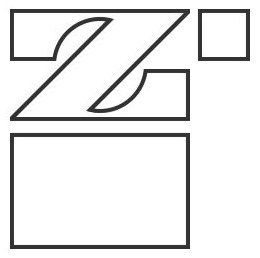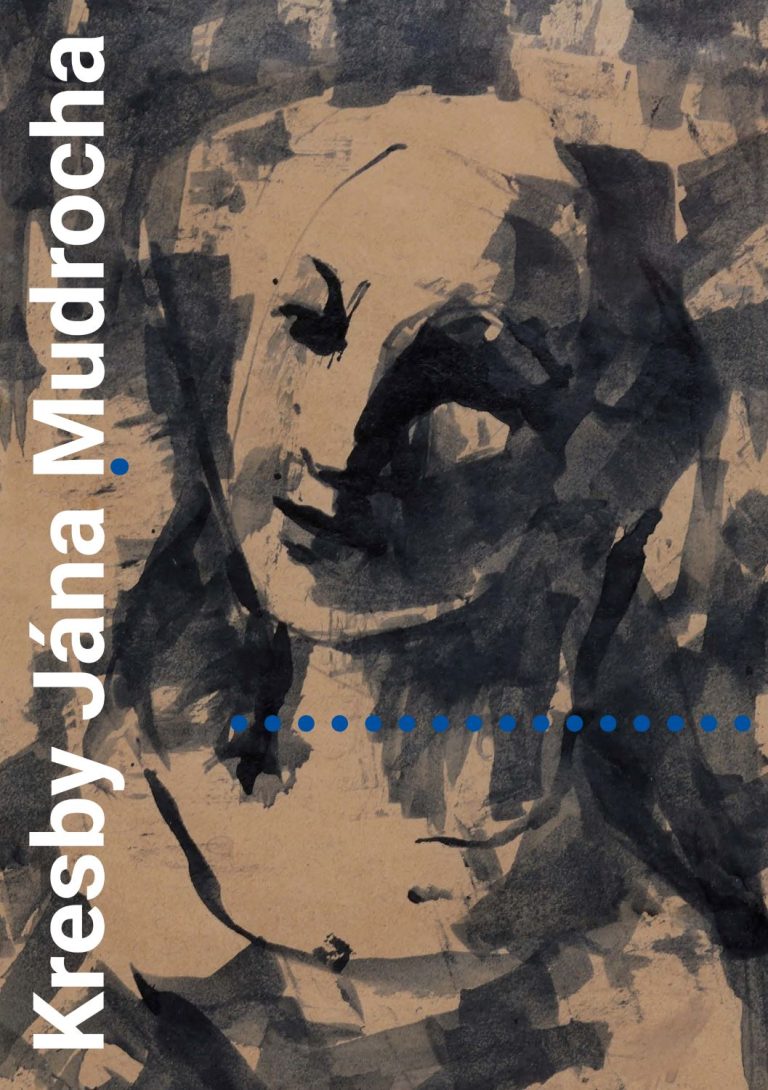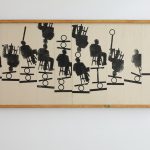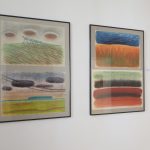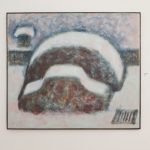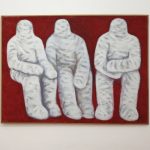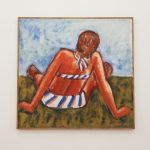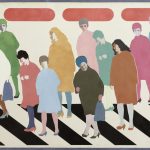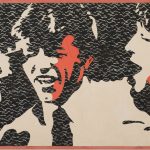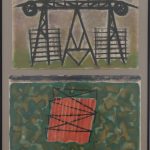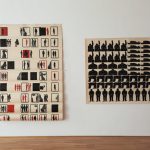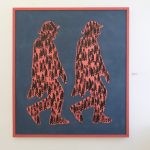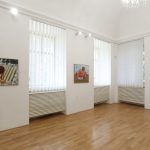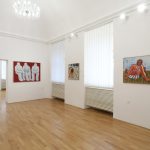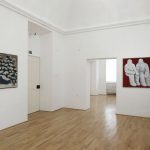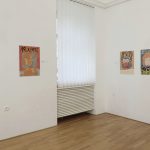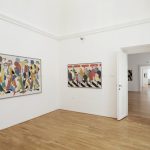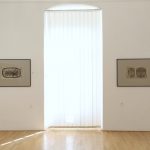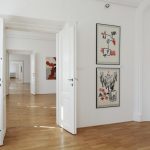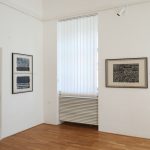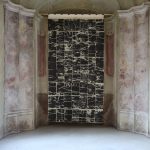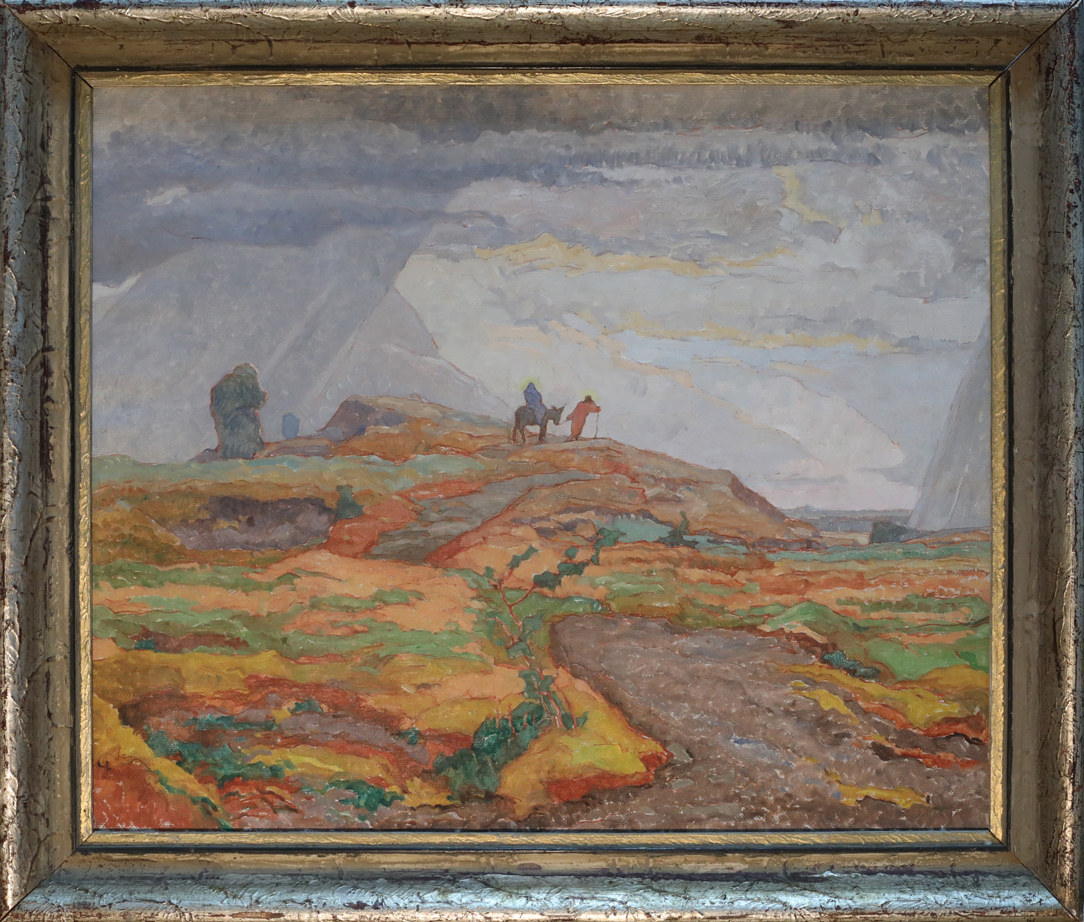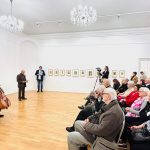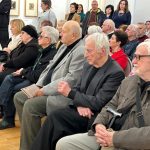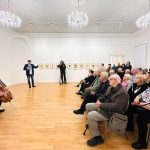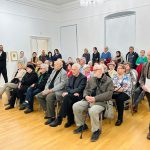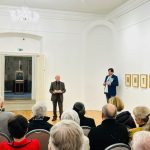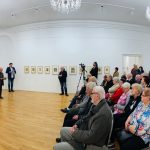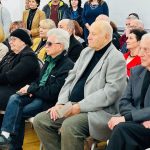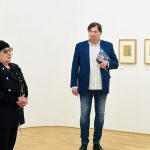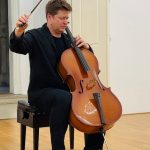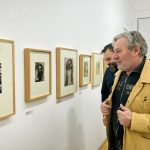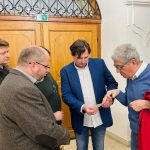Home › Exhibitions › Archive of exhibitions › 2023 › Restoration of the cycle of paintings by Július Koreszku
Restoration of the cycle of paintings by Július Koreszku
Restoration of the cycle of paintings by Július Koreszku
The exhibition of a series of restored paintings – oil paintings by Július Koreszku.
Project Title: Restoration of the cycle of paintings by Július Koreszku
Venue: Foyer of the Záhorie Gallery Ján Mudroch in Senica, Sadová 619/3
Concept: Roman Popelár
Exhibition Opening: November 24th (Friday) 2023 at 5:00 PM
Exhibition Duration: November 24th (Friday) 2023 – January 21st (Sunday) 2024
About the exhibition
In the spring of 2021, after 30 years, an exhibition of a selection from the works of Július Koreszku titled “J. Koreszku Gallery” concluded at the Záhorie Museum in Skalica. The curator of the exhibition was Ms. Božena Juríčková from the Záhorie Gallery in Senica. The extended exhibition was the only permanent one that the Záhorie Gallery could boast for most of its existence. It consisted of more than 30 paintings by this significant regional artist. After the pieces were returned to our collections, most of them required restoration work, whether it was surface cleaning of the painting, frame repairs, or, in some cases, filling in cracks. The restoration of returned and previously unexhibited paintings from the gallery’s collections was divided into three phases. Following the instructions of the Art Support Fund, we selected both severely and slightly damaged pieces for restoration and divided the restoration into three stages. The first completed stage, consisting of various genre motifs (mainly landscapes and still lifes), is now available for viewing in the gallery. As December 1st marks 65 years since the artist’s passing, after Ján Mudroch, we commemorate another author whose unattained jubilee we symbolically recognize this year. This exhibition marks the culmination of a year of jubilees at the Záhorie Gallery.
Roman Popelár
Life of Július Koreszku
Painter Július Koreszka was born on February 24th, 1895, in the village of Dojč near Senica, in the family of a small farmer. He began his high school studies in Bratislava but completed them in Skalica, where his parents had moved in the meanwhile. In 1914, he started studying at the Academy of Fine Arts in Budapest but left a few months later to join the front as a direct participant in World War I, witnessing events that marked him for life. He continued his artistic studies at the Prague Academy under Professor Maximilián Pirner from 1919 to 1924. After leaving Prague, he settled in Bratislava, where he lived until 1936, when, following the death of his first wife, he moved to Skalica to live with his parents. Here, in his beloved town, in seclusion and modesty, he spent over twenty years until his death on December 1st, 1958.
Works of Július Koreszku
The painting oeuvre of landscape artist Július Koreszka constitutes a quiet yet enduring part of Slovak art history in the first half of the 20th century. It is substantially fixed on the Skalica region, which the artist transformed, in harmonious consonance with realistic sensual origins, emotional interpretative connections, and classical painting language, into an authentic poetic form. In his artistic interpretation of the local landscape, he elevated a restrained post-Impressionist tradition supported by strong expressive elements and a decorative, flat color culture. He excluded the figure from the painting or limited it to an illustrative, peripheral position. During his stay in Bratislava, he was inspired by the lyrical meditative Danube landscape with subtle figurative staffage. Koreszka announced his artistic, highly lyrical genre painting program (landscape, marginally still life) during his studies in Prague. However, it was preceded by the period of World War I, from which several sketchbooks of pencil drawings with more civilian scenes from military life originated. Despite external circumstances or the adversity of the time, he respected the lyrical genre program throughout his entire creative period.
Božena Juríčková
Ján Mudroch
Ján Mudroch
– narodil sa 28. marca 1909 v obci Sotina (dnes mestská časť Senice),
– bol najstarší zo siedmich súrodencov, štyroch chlapcov a troch dievčat,
– otec Pavol Mudroch bol pôvodne kožušník a z najstaršieho syna chcel mať úradníka,
– prvé zoznámenie sa s výtvarným umením absolvoval v roku 1926 v súkromnej maliarskej škole Gustáva Mallého v Bratislave,
– v rokoch 1930 – 1931 študoval na Umeleckopriemyselnej škole v Prahe na vlastné náklady, bez finančnej podpory rodičov, u profesora Arnošta Hofbauera,
– v rokoch 1931 – 1937 študoval na Akadémii výtvarných umení u profesora Willyho Nowaka,
– v roku 1932 sa oženil s Helenou Hajdušíkovou,
– po skončení štúdií v Prahe sa vrátil na Slovensko do Šurian, kde sa medzičasom presťahovala jeho rodina a pedagogicky tam pôsobila i jeho manželka,
– po okupácii Šurian v roku 1938 natrvalo zakotvil v Bratislave, kde pedagogicky pôsobil na rôznych umeleckých školách,
– 1938 – pôsobenie v Bratislave na Škole umeleckých remesiel
– v roku 1939 začal pedagogicky pôsobiť na novoutvorenom Oddelení kreslenia a maľovania Slovenskej vysokej školy technickej; o dva roky neskôr (1941) však pre svoj pokrokový a protifašistický postoj musel post opustiť. Na protest s ním odišli zo školy študenti – neskôr významní maliari – O. Dubay, V. Chmel, E. Semian, J. Šturdík, J. Novák.
– v roku 1945, na konci vojny počas prechodu frontu, sa usídlil v Senici, kde bolo pri bombardovaní mesta zničených niekoľko stoviek jeho obrazov,
– po skončení vojny naplno rozvinul rozsiahle spoločenské a kultúrno-organizačné aktivity: podieľal sa na založení výtvarného združenia s názvom Skupina 29. augusta (1945), organizoval výstavy, inicioval založenie odborného časopisu Kultúrny život, stal sa predsedom výtvarného spolku Umelecká beseda slovenská (1947), pripravoval založenie Slovenskej národnej galérie (1948) aj Slovenskej filharmónie (1949),
– v roku 1949 sa stal jedným zo zakladateľov novovzniknutej Vysokej školy výtvarných umení v Bratislave a zároveň jej prvým rektorom (1949 – 1952),
– do roku 1968 viedol Oddelenie portrétneho a kompozičného maliarstva na VŠVU v Bratislave,
– Senicu naposledy navštívil s manželkou Helenou v roku 1966, dva roky pred smrťou,
– zomrel 4. februára 1968 po krátkej chorobe v Bratislave, kde je aj pochovaný.
Ján Mudroch bol jedným z najvýraznejších predstaviteľov generácie umelcov nazývaných podľa roku narodenia – Generácia 1909. Jeho tvorbu definuje nikdy nekončiaci zápas o hľadanie novej formy, nového aktuálneho maliarskeho názoru, ktorý ťaží predovšetkým z hry farby a svetla, z princípov kolorizmu a v celkovej koncepcii z charakteristického poetického kánonu. Za svoju umeleckú tvorbu získal niekoľko ocenení, v roku 1963 titul zaslúžilý umelec a v roku 1968 bol vymenovaný za národného umelca in memoriam.
Peter Decheť: Powered by Power, 2020, olej na plátne, 75 x 100 cm
O autorke
Ohlasy v médiách
Download
Vernisáž
Teraz.sk, TASR, 11. apríla 2023 9:11
Záhorská galéria sprístupní výstavu Kresby Jána Mudrocha
Záhorí.sk, KamVen, 5. apríla 2023:
Kresby Jána Mudrocha /Záhorská galéria v Senici
NaZáhorí.sk, Angelika Kmecová, 13. apríla 2023
V Záhorskej galérii dnes začínajú výstavy Akvizície a Kresby Jána Mudrocha
Správy RTVS z regiónov, piatok 14.04.2023 17:10
Príspevok od 11:30:
Dominika Kusá: Kresby Jána Mudrocha
RTVS.sk, Správy RTVS, piatok 14.04.2023 19:00
Príspevok od 47:55:
Dominika Kusá: V Senici sprístupnili kresby J. Mudrocha
RTVS, Kultúra SK, Nedeľa 16.04.2023 18:00
Príspevok od 24:00:
Pozvánka Kresby Jána Mudrocha
